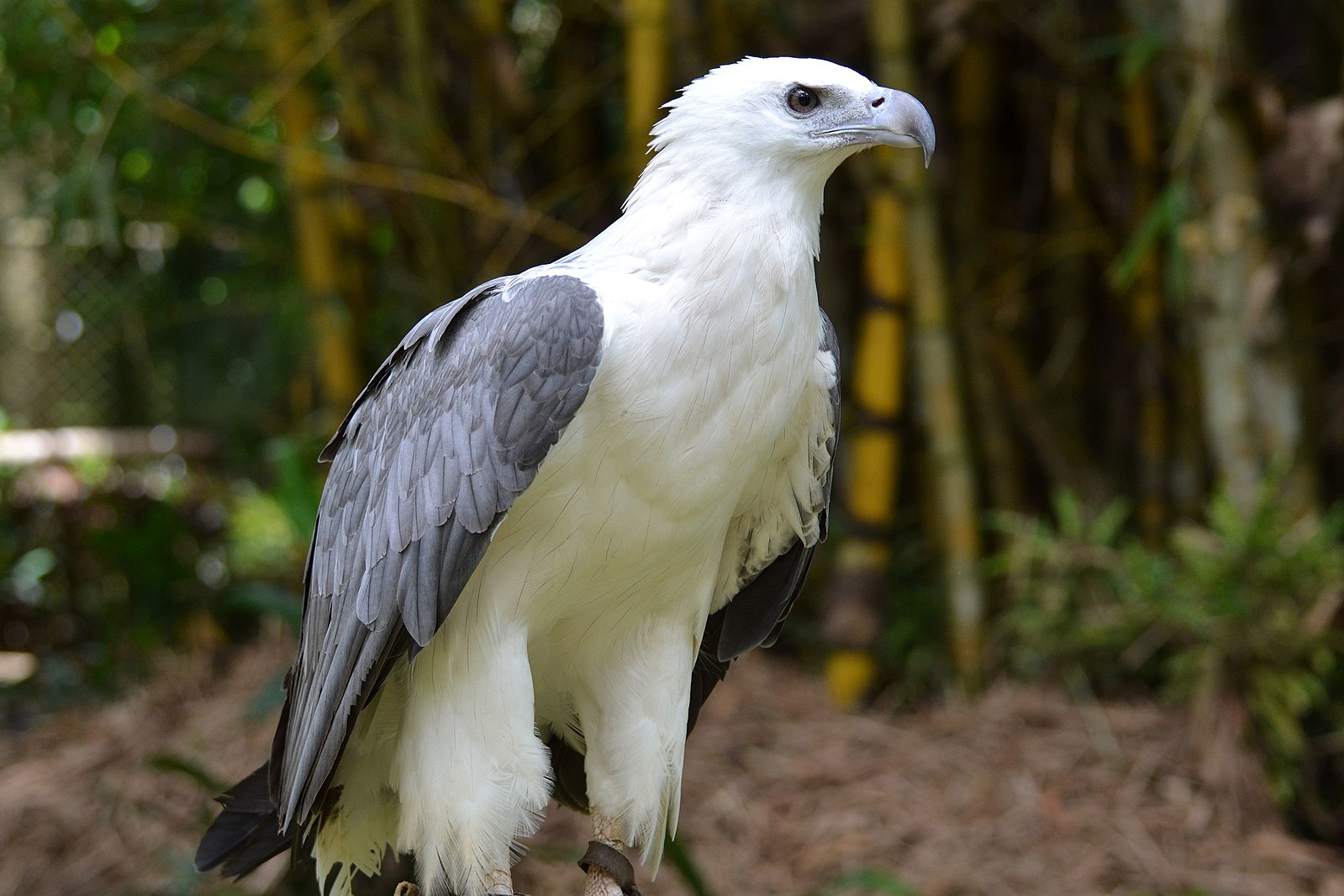White-bellied sea eagles typically lay eggs between May and October, with a clutch size of two eggs being most common. The eggs are incubated for around six weeks, mostly by the female, and one egg is laid several days before the other.
Nesting Habits of White Bellied Sea Eagles
White-bellied sea eagles are found throughout Australia along coasts and beside lowland rivers and lakes, as well as in south-east Asia and India. They are large birds of prey with a wingspan of up to 2.2 meters and a home range of up to 100 square kilometers.
These eagles are known for their impressive aerial displays during breeding, including soaring, calling, loop-the-loop, and dropping fish from a height and then diving to catch it in midair. They are also monogamous birds that mate for life and share the same hunting range, roosting and sometimes singing together in the morning and evening.
Egg Laying and Incubation
 Image source: bellied sea eagle by shankar s
Image source: bellied sea eagle by shankar s
The white-bellied sea eagle typically lays two eggs, with one egg being laid several days before the other. The eggs are incubated for around six weeks, mostly by the female. The chick with the head start is usually the one that survives, as the parents feed the noisiest, most active chick first.
If the first egg is infertile, or the chick is weak and dies, the second chick has a better chance of survival. This is a common strategy for these birds, as it ensures that at least one chick has a high chance of survival.
Threats and Conservation Efforts
The loss of nesting sites due to development, deterioration of inland water sources and over-fishing in the ocean, competition for food and nesting sites with Wedge-tailed Eagles, and human disturbance to nesting pairs are major threats to the White-bellied Sea-Eagle.
To help conserve this species, it is recommended to always keep your distance from eagles and their nests, protect areas of native vegetation in your local area, and report anyone you see interfering with nests or disturbing sea eagles.
Unique Characteristics of White Bellied Sea Eagles
In addition to their impressive hunting skills, White-bellied sea eagles are also known for their longevity, living for up to 30 years in the wild. They are opportunistic carnivores and consume a wide variety of animal prey, including carrion, hunting mainly aquatic animals such as fish, turtles, and sea snakes, but also taking birds and mammals.
One interesting fact about these birds is that they have been known to adapt to changing environmental conditions. For example, a pair of White-bellied sea eagles came to breed at Lake Albacutya in northwestern Victoria after the lake had been empty for 30 years, highlighting their adaptability.
Conclusion
White-bellied sea eagles are fascinating birds that play a crucial role in controlling populations of many species in their ecosystem. By understanding their nesting habits and the threats they face, we can work to protect these impressive birds and ensure their continued survival.
References:
– https://en.wikipedia.org/wiki/White-bellied_sea_eagle
– https://cdn.environment.sa.gov.au/landscape/docs/hf/white-bellied-sea-eagle-bio-region-fact.pdf
– https://animalia.bio/white-bellied-sea-eagle

